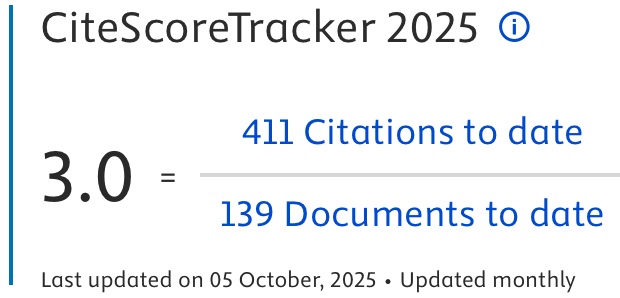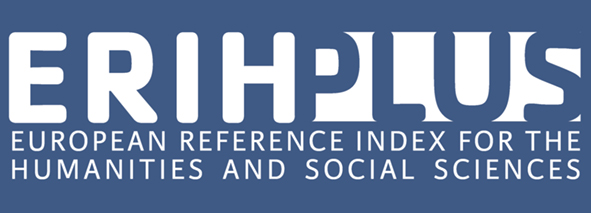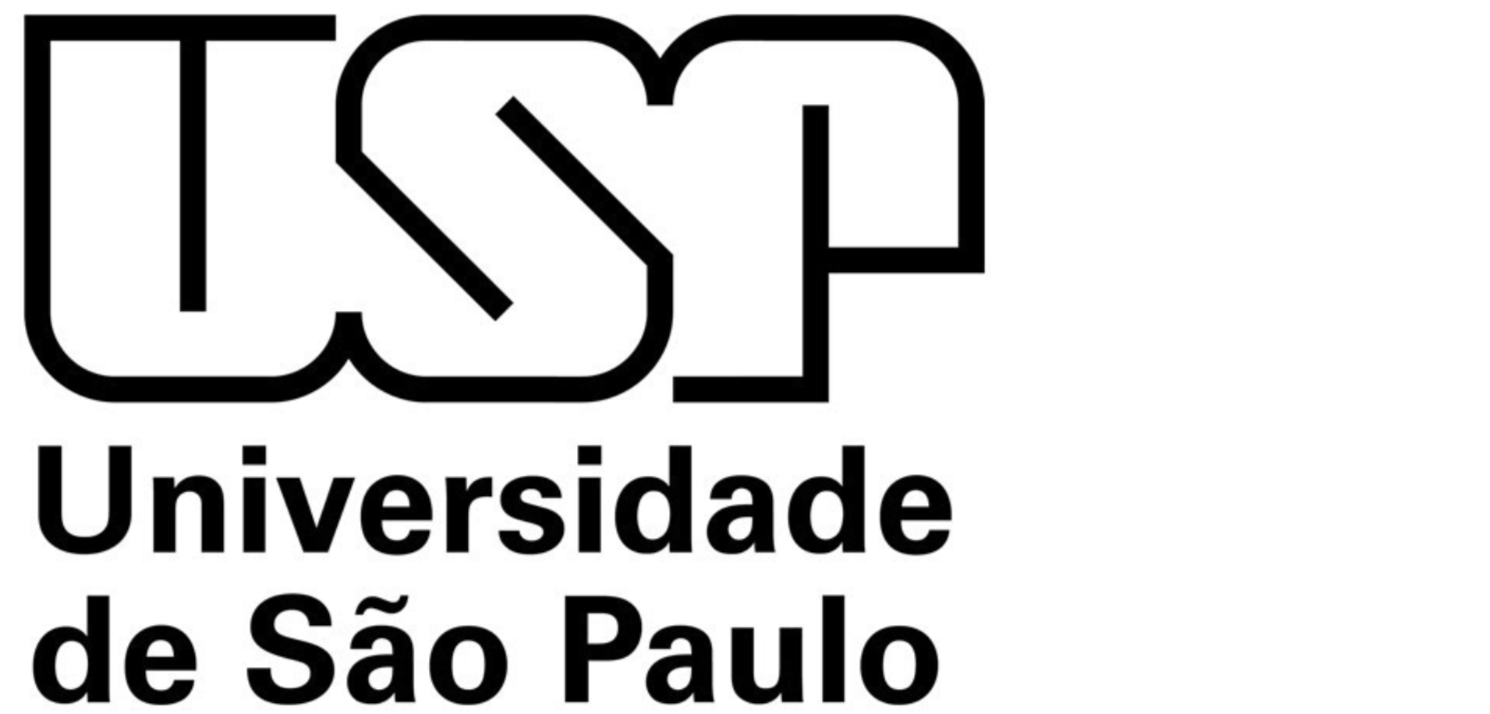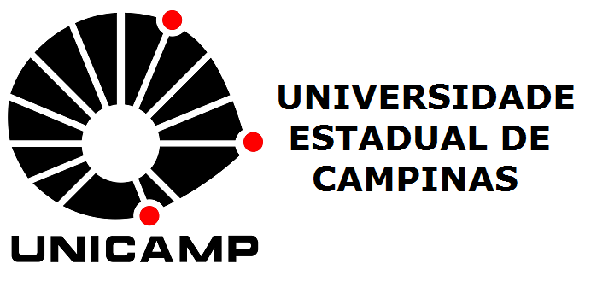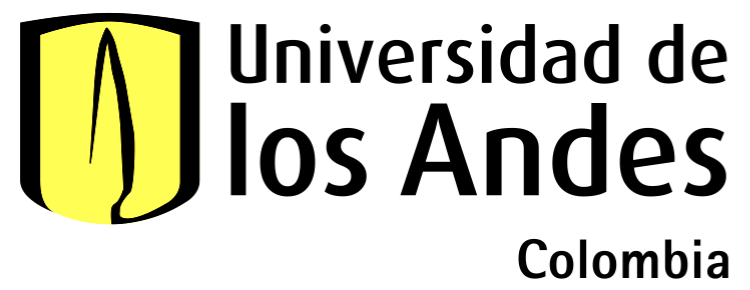Cultural identity and sustainable development – A methodological model for the Venetian Arsenal
DOI:
https://doi.org/10.69143/2464-9309/1782025Keywords:
Venetian Arsenal, industrial archaeology, construction materials and products, identity, cultural heritageAbstract
The redevelopment of the external paths of the Venetian Arsenal in Italy requires design responses in terms of functional performance, material compatibility with historical pre-existences, durability, and sustainability of the intervention. The site’s complex stratification, specific environmental conditions, and stringent performance requirements delineate seemingly conflicting demands to which the project must respond. The research proposes an operational methodology for evaluating intervention choices aimed at balancing them; through multidisciplinary investigations, parameters are outlined to qualify the design solutions derived from the analysis of international case studies. The evaluative model integrates conservation and innovation design strategies for historical sites through a careful site knowledge process.
Article info
Received: 20/03/2025; Revised: 05/05/2025; Accepted: 07/05/2025
Downloads
Article Metrics Graph
References
Antonini, E. (2019), “Incertezza, fragilità, resilienza | Uncertainty, fragility, resilience”, in Agathón | International Journal of Architecture, Art and Design, vol. 6, pp. 6-13. [Online] Available at: doi.org/10.19229/2464-9309/612019 [Accessed 30 March 2025].
Bellavitis, G. (2009), L’Arsenale di Venezia – Storia di una grande struttura urbana, Cicero Editore, Venezia.
Biasi, A., Riavis, V., Zamboni, I. and Cervesato, A. (2024), “Patrimonio architettonico urbano e cambiamento climatico – Un’occasione per affrontarne la complessità | Urban architectural heritage and climate change – An opportunity to address its complexity”, in Agathón | International Journal of Architecture, Art and Design, vol. 16, pp. 130-143. [Online] Available at: doi.org/10.19229/2464-9309/16112024 [Accessed 30 March 2025].
Brownley Raines, A. (2011), “Wandel durch (Industrie) Kultur | Change through (industrial) culture – Conservation and renewal in the Ruhrgebiet”, in Planning Perspectives, vol. 26, issue 2, pp. 183-207. [Online] Available at: doi.org/10.1080/02665433.2011.550443 [Accessed 30 March 2025].
Candiani, G. (2022), “From Lepanto to Lemnos – The evolution in the employment of galleasses in the Venetian navy”, in Beri, E. (ed.), Dal Mediterraneo alla Manica – Contributi alla storia navale dell’età moderna, Società Italiana di Storia Militare Nadir Media, Roma, pp. 67-105. [Online] Available at: nam-sism.org/Fucina%20di%20marte/Dal%20Mediterraneo%20alla%20Manica. %20Contributi%20alla%20Storia%20Navale%20di%20età%20moderna..pdf [Accessed 30 March 2025].
Carbonara, G. (2021a), “La sostenibilità come nuovo parametro del restauro”, in Recupero e Conservazione, vol. 166, pp. 98-107. [Online] Available at: recmagazine.it/articolo/590 [Accessed 30 March 2025].
Carbonara, G. (2021b), “la ‘Valorizzazione’– Per una rinnovata vitalità dei monumenti | ‘Valorisation’ – For a renewed vitality of the monuments”, in Agathón | International Journal of Architecture, Art and Design, vol. 09, pp. 54-61. [Online] Available at: doi.org/10.19229/2464-9309/952021 [Accessed 30 April 2025].
Carter, M., Ianiri, F. and Mariano, C. (2024), “Tattiche di resilienza per ambiti urbani costieri – La Marina di Latina e il Porto di New York | Resilience tactics for coastal urban areas – The Marina di Latina and the New York Harbour”, in Agathón | International Journal of Architecture, Art and Design, vol. 16, pp. 156-173. [Online] Available at: doi.org/10.19229/2464-9309/16132024 [Accessed 30 March 2025].
Concina, E. (2006), L’Arsenale della Repubblica di Venezia, Electa, Milano.
Cusack, C. M. (2023), “Culture, Heritage, and Tourism – The Border Abbeys of Scotland”, in Journal of the Sydney Society for Scottish History, vol. 21, pp. 69-82. [Online] Available at: openjournals.library.sydney.edu.au/JSSSH/article/view/17528/14896 [Accessed 30 March 2025].
Della Torre, S. (2013), “Planned Conservation and Local Development Processes – The Key Role of Intellectual Capital”, in Van Balen, K. and Vandesande, A. (eds), Reflections on preventive conservation, maintenance and monitoring – By the PRECOM³OS UNESCO chair, Acco, Leuven, pp. 123-127. [Online] Available at: researchgate.net/publication/281088532_13_Planned_Conservation_and_ Local_Development_Processes_the_Key_Role_of_Intellectual_Capital_In_ Koenraad_Van_Balen_Aziliz_Vandesande_ed_Reflections_on_Preventive_ Conservation_Maintenance_and_Monitorin [Accessed 30 March 2025].
Dimitrova, E., Lavenir, M.-L., McMahon, P., Mūrniece, B., Musso, S. F., Nagy, G., Rauhut, C., Rourke, G. D., Sciacchitano, E. and Selfslagh, B. (2020), European Quality Principles for EU-funded Interventions with potential impact upon Cultural Heritage – Recommendations & Selection Criteria, November 2020, ICOMOS International, Paris. [Online] Available at: openarchive.icomos.org/id/eprint/2440/ [Accessed 30 March 2025].
Fiorani, D. (2021), “Conoscenza, creatività e metodo per il progetto sull’esistente”, in Capozzi, R., Costanzo, F., Defilippis, F. and Visconti, F. (eds), Patrimonio e progetto di architettura, ProArch | Studi e ricerche, Quodlibet, Macerata, pp. 112-116.
Fiorani, D. (2003), “Dalla ‘convivenza’ alla ‘compatibilità’ del restauro – Note di un percorso”, in Trivella, F. (ed.), Dalla reversibilità alla compatibilità – Atti del Convegno tenuto a Conegliano nel 2003, Nardini, Firenze, pp. 13-25.
García de Casasola, M. and Moreno Pérez, J. R. (2013), “De-un-lugar-a-otro – Nada es, de esta manera, dado por pasado – El monasterio de Santa María de las Cuevas de Sevilla | From one place to another – Setting out the temporal warp place by inserting fragments – The Monastery of Santa Maria de las Cuevas in Seville”, in ZARCH | Journal of Interdisciplinary studies in Architecture and Urbanism, vol. 1, pp. 180-191. [Online] Available at: dialnet.unirioja.es/descarga/articulo/4961034.pdf [Accessed 30 March 2025].
Giusti, M. A. (ed.) (2005), Le Mura di Lucca – Dal restauro alla manutenzione programmata – Atti del convegno, Lucca, Maggio 17-19, 2001, Alinea, Firenze.
Gonçalves, J., Mateus, R., Dinis Silvestre, J., Pereira Roders, A. and Vasconcelos, G. (2022), “Selection of Core Indicators for the Sustainable Conservation of Built Heritage”, in International Journal of Architectural Heritage | Conservation, Analysis, and Restoration, vol. 16, issue 7, pp. 1047-1062. [Online] Available at: doi.org/10.1080/15583058.2020.1863518 [Accessed 30 March 2025].
Grégoire, C. (2003), “La contribution de l’analyse des espaces et du territoire des ateliers de réparation ferroviaire d’Arles à la connaissance du patrimoine industriel et urbain | The contribution of the analysis of the spaces and territories of the rail repair workshops of Arles to the knowledge of the industrial and urban heritage”, in Revue d’Histoire des Chemins de Fer, vol. 28-29, pp. 549-560. [Online] Available at: doi.org/10.4000/rhcf.1828 [Accessed 30 March 2025].
ICOMOS (2014), “Nara + 20 – On Heritage Practices, Cultural Values, and the Concept of Authenticity”, in Heritage & Society, vol. 8, issue 2, pp. 144-147. [Online] Available at: doi.org/10.1080/2159032X.2015.1126115 [Accessed 30 March 2025].
ICOMOS (2011), Joint ICOMOS-TICCIH Principles for the Conservation of Industrial Heritage Sites, Structures, Areas and Landscapes. [Online] Available at: icomos.org/images/DOCUMENTS/Charters/GA2011_ICOMOS_TICCIH_ joint_principles_EN_FR_final_20120110.pdf [Accessed 30 March 2025].
ICOMOS (1994), The Nara Document on Authenticity. [Online] Available at: icomos.org/en/179-articles-en-francais/ressources/charters-and-standards/386-the-nara-document-on-authenticity-1994 [Accessed 30 March 2025].
Innocenti, A. and Musco, F. (2023), “Land-Sea Interactions – A Spatial Planning Perspective”, in Sustainability, vol. 15, issue 12, article 9446, pp. 1-22. [Online] Available at: doi.org/10.3390/su15129446 [Accessed 30 March 2025].
Lanaro, P. and Austruy, C. (eds) (2020), L’Arsenale di Venezia – Da grande complesso industriale a risorsa patrimoniale, Marsilio Editori, Venezia.
Lazzarini, L. (2021), “La pavimentazione lapidea di Venezia e la cura dei masegni”, in La Polifora, vol. 9, pp. 1-7. [Online] Available at: istitutoveneto.org/lapolifora/009/pdf/01.pdf [Accessed 30 March 2025].
Marino, V. and Thiébat, F. (2019), “Integrazione dei requisiti di sostenibilità ambientale nel progetto di architettura | Integration of sustainability requirements in architectural design”, in Techne | Journal of Technology for Architecture and Environment, vol. 18, pp. 174-183. [Online] Available at: doi.org/10.13128/techne-7524 [Accessed 30 March 2025].
Menichelli, C. (2018), “L’Arsenale di Venezia e l’Arte Contemporanea – Un percorso condiviso tra restauro architettonico e attività espositive”, in Materiali e Strutture – Problemi di Conservazione, vol. 14, issue 2, pp. 13-28. [Online] Available at: digital.casalini.it/4463827 [Accessed 30 March 2025].
Menichelli, C. (2017), “Sviluppo e trasformazione dell’Arsenale di Venezia in funzione della produzione navale”, in Bosio, M., Fornasiero, T. and Gambelli, V. (eds), Arsenale di Venezia – Progetti e Destino, Incipit, Treviso, pp. 224-251.
Merkle, D., Frey, C. and Reiterer, A. (2021), “Fusion of ground penetrating radar and laser scanning for infrastructure mapping”, in Journal of Applied Geodesy, vol. 15, issue 1, pp. 31-45. [Online] Available at: doi.org/10.1515/jag-2020-0004 [Accessed 30 March 2025].
MIMIT – Ministero delle Imprese e del Made in Italy (2023), Piano Nazionale di Ripresa e Resilienza. [Online] Available at: mimit.gov.it/images/stories/documenti/PNRR_Aggiornato.pdf [Accessed 30 March 2025].
MiTE– Ministero della Transizione Ecologica (2022), “Decreto 23 giugno 2022 – Criteri ambientali minimi per l’affidamento del servizio di progettazione di interventi edilizi, per l’affidamento dei lavori per interventi edilizi e per l’affidamento congiunto di progettazione e lavori per interventi edilizi (22A04307)”, in Gazzetta Ufficiale, Serie Generale, n. 183, 06/08/2022. [Online] Available at: gazzettaufficiale.it/gazzetta/serie_generale/caricaDettaglio?dataPubblicazioneGazzetta=2022-08-06&numeroGazzetta=183 [Accessed 30 March 2025].
Montuori, L., Converso, S. and Rabazo Martín, M. (2024), “Spazi pubblici della transizione energetica – Un progetto a Nepi per il New European Bauhaus | Public spaces of the energy transition – A design in Nepi for the New European Bauhaus”, in Agathón | International Journal of Architecture, Art and Design, vol. 15, pp. 138-147. [Online] Available at: doi.org/10.19229/2464-9309/15102024 [Accessed 30 March 2025].
Paris, S., Pennacchia, E. and Vannini, C. (2023), “Architettura delle pavimentazioni – Metodi multiscalari e digitali per una transizione ecologica | Architecture of urban pavements – Multi-scale and digital methods for an ecological transition”, in Agathón | International Journal of Architecture, Art and Design, vol. 13, pp. 217-226. [Online] Available at: doi.org/10.19229/2464-9309/13182023 [Accessed 30 March 2025].
Piana, M. (2002), “Le Gaggiandre nell’Arsenale di Venezia – Il consolidamento della carpenteria lignea”, in Brunetti, G. (ed.), Il cantiere per la conservazione – Tecniche, esperienze e interventi sul costruito, CELID, Torino, pp. 11-19.
Sposito, C. and Scalisi, F. (2018), “Processo conservativo e significatività – Un approccio metodologico per la progettazione dei sistemi di protezione nei siti archeologici | Conservation process and significance – A methodological approach to plan shelters in archaeological sites”, in Agathón | International Journal of Architecture, Art and Design, vol. 4, pp. 45-58. [Online] Available at: doi.org/10.19229/2464-9309/462018 [Accessed 30 March 2025].
Stovel, H. (2008), “Origins and Influence of the Nara Document on Authenticity”, in APT Bulletin | The Journal of Preservation Technology, vol. 39, issue 2-3, pp. 9-17. [Online] Available at: jstor.org/stable/25433946 [Accessed 30 March 2025].
Tira, Y. and Türkoğlu, H. (2023), “Circularity-based decision-making framework for the integrated conservation of built heritage – The case of the Medina of Tunis”, in Built Heritage, vol. 7, article 16, pp. 1-22. [Online] Available at: doi.org/10.1186/s43238-023-00093-1 [Accessed 30 March 2025].
UN – United Nations (2015), Transforming our World – The 2030 Agenda for Sustainable Development. [Online] Available at: sdgs.un.org/2030agenda [Accessed 30 March 2025].
van Balen, K. (2008), “The Nara Grid – An Evaluation Scheme Based on the Nara Document on Authenticity”, in APT Bulletin | The Journal of Preservation Technology, vol. 39, issue 2/3, pp. 39-45. [Online] Available at: jstor.org/stable/25433951 [Accessed 30 March 2025].
Ventrice, P. (2009), L’Arsenale di Venezia – Tra manifattura e industria, Cierre Edizioni, Verona.
Zaccariello G., Tesser E., Piovesan R. and Antonelli, F. (2020), “Evaluating the Effects of High Tide on Venetian Stone Buildings – A Multi-Analytical Approach”, in IMEKO TC4 – International Conference on Metrology for Archaeology and Cultural Heritage 2020, Trento, Italy, October 22-24, 2020, Curran Associates, Red Hook, New York, pp. 27-31. [Online] Available at: ricerca.uniba.it/retrieve/f0262dc0-a16d-4ef8-9689-f15dfc48b41e/IMEKO%202020.pdf [Accessed 30 March 2025].
Zan, L. (2019), “History of Management and Stratigraphy of Organizing – The Venice Arsenal between Tangible and Intangible Heritage”, in Heritage, vol. 2, issue 2, pp. 1176-1190. [Online] Available at: doi.org/10.3390/heritage2020077 [Accessed 30 March 2025].
Zucconi, G. (2019), “Una risorsa per la città del futuro”, in Zan, L. (ed.), Arsenale di Venezia – Quale museo e quale accessibilità, Libreria Editrice Cafoscarina, Venezia, pp. 11-12. [Online] Available at: cafoscarina.it/wp-content/uploads/2022/01/Arsenale_Museo_bassa.pdf [Accessed 30 March 2025].
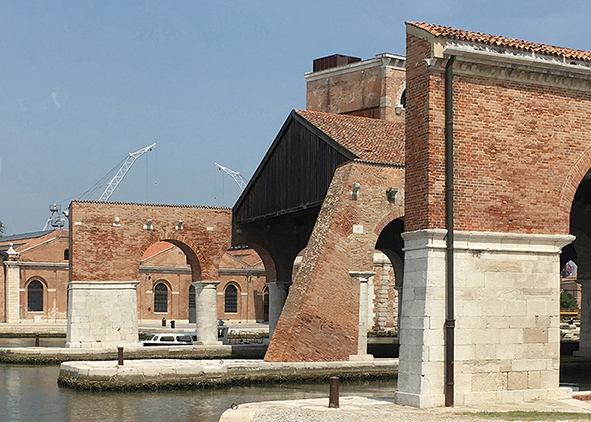
Downloads
Published
How to Cite
Issue
Section
Categories
License
Copyright (c) 2025 Emanuela Sorbo, Tommaso Moretto, Sara Grandi, Giuseppe Modena

This work is licensed under a Creative Commons Attribution 4.0 International License.
This Journal is published under Creative Commons Attribution Licence 4.0 (CC-BY).
License scheme | Legal code
This License allows anyone to:
Share: copy and redistribute the material in any medium or format.
Adapt: remix, transform, and build upon the material for any purpose, even commercially.
Under the following terms
Attribution: Users must give appropriate credit, provide a link to the license, and indicate if changes were made; users may do so in any reasonable manner, but not in any way that suggests the licensor endorses them or their use.
No additional restrictions: Users may not apply legal terms or technological measures that legally restrict others from doing anything the license permits.
Notices
Users do not have to comply with the license for elements of the material in the public domain or where your use is permitted by an applicable exception or limitation.
No warranties are given. The license may not give users all of the permissions necessary for their intended use. For example, other rights such as publicity, privacy, or moral rights may limit how you use the material.






